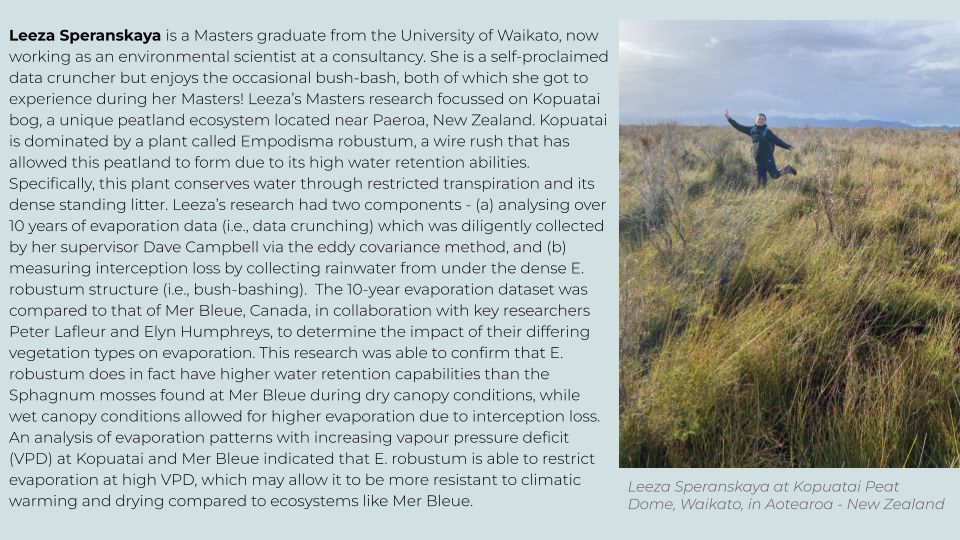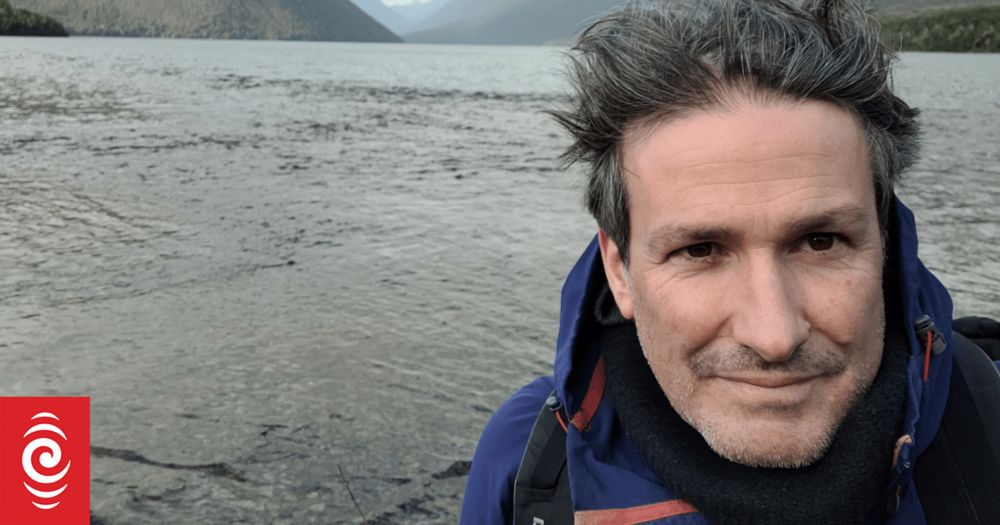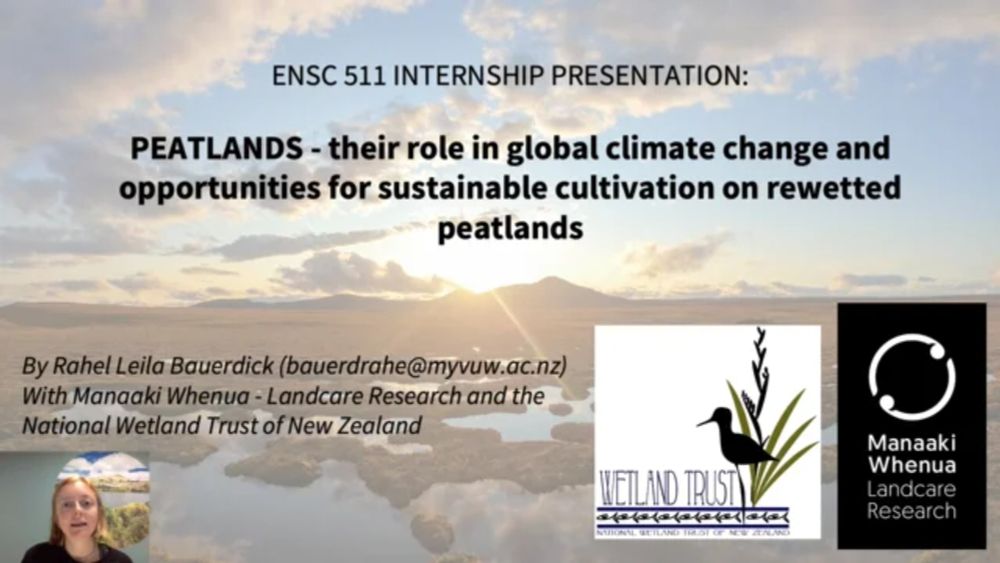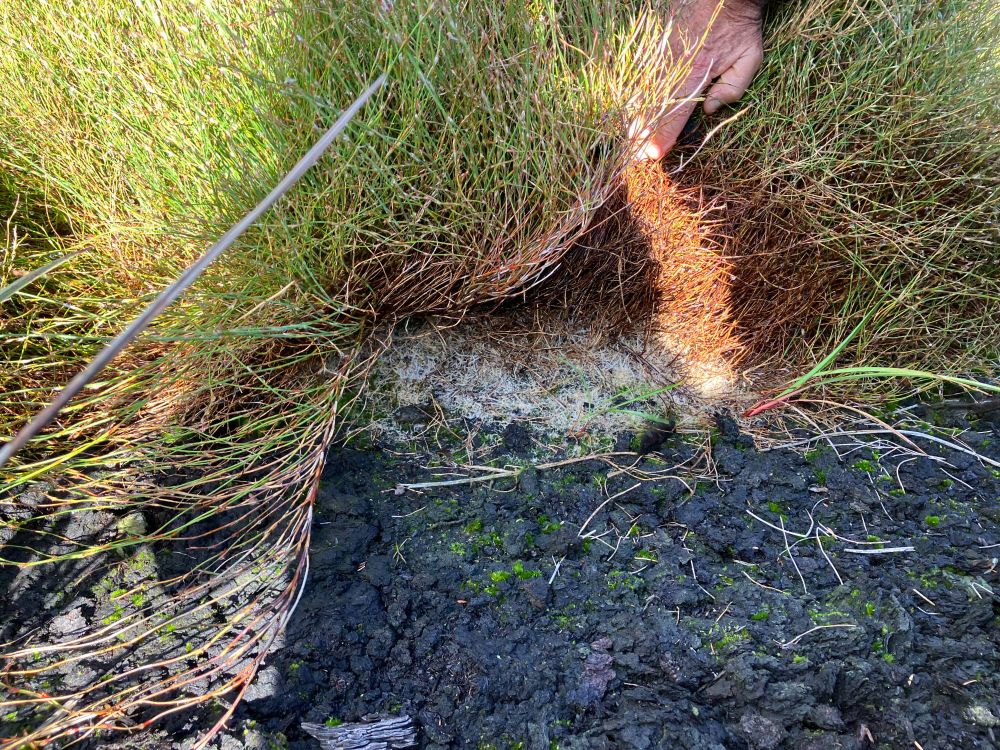
Opportunities to join Alex Cobb's group
PhD, postdoc, Masters and undergraduate opportunities with Alex Cobb's group at the Asian School of the Environment.
Are you fascinated by how peatlands form and how they are impacted by human land use? I am seeking PhD students to join my lab at the Asian School of the Environment in Singapore. For more, visit dynamicpeatlands.org/phd-programme
22.09.2025 13:51 — 👍 6 🔁 6 💬 0 📌 0
Thanks so much for sharing this! 🤩
30.07.2025 00:42 — 👍 0 🔁 0 💬 0 📌 0

Leeza Speranskaya is a Masters graduate from the University of Waikato, now working as an environmental scientist at a consultancy. She is a self-proclaimed data cruncher but enjoys the occasional bush-bash, both of which she got to experience during her Masters! Leeza’s Masters research focussed on Kopuatai bog, a unique peatland ecosystem located near Paeroa, New Zealand. Kopuatai is dominated by a plant called Empodisma robustum, a wire rush that has allowed this peatland to form due to its high water retention abilities. Specifically, this plant conserves water through restricted transpiration and its dense standing litter. Leeza’s research had two components - (a) analysing over 10 years of evaporation data (i.e., data crunching) which was diligently collected by her supervisor Dave Campbell via the eddy covariance method, and (b) measuring interception loss by collecting rainwater from under the dense E. robustum structure (i.e., bush-bashing). The 10-year evaporation dataset was compared to that of Mer Bleue, Canada, in collaboration with key researchers Peter Lafleur and Elyn Humphreys, to determine the impact of their differing vegetation types on evaporation. This research was able to confirm that E. robustum does in fact have higher water retention capabilities than the Sphagnum mosses found at Mer Bleue during dry canopy conditions, while wet canopy conditions allowed for higher evaporation due to interception loss. An analysis of evaporation patterns with increasing vapour pressure deficit (VPD) at Kopuatai and Mer Bleue indicated that E. robustum is able to restrict evaporation at high VPD, which may allow it to be more resistant to climatic warming and drying compared to ecosystems like Mer Bleue.
PeatECR Bio Series #1 - just in time to introduce our first featured bio in for July 2025 💚
Today we introduce Leeza Speranskaya, a recent MSc graduate, focusing on evaporation dynamics in restiad peat bogs. Connect with Leeza here:
www.linkedin.com/in/leeza-spe...
#PeatECRBioSeries
29.07.2025 23:37 — 👍 13 🔁 5 💬 1 📌 0

World risks losing more of its wetlands, DOC scientist Hugh Robertson tells UN
DOC freshwater scientist Dr Hugh Robertson has presented the findings of an international report in Nairobi, Kenya.
The Global Wetland Outlook 2025, was just published. Much of this is not new to people already working in and around wetlands, but it will no doubt be an important source to support wetland conservation and restoration. I am weeping for all the wetscapes 💙
www.rnz.co.nz/news/nationa...
15.07.2025 23:59 — 👍 1 🔁 0 💬 0 📌 0

In a pickle: an introduction to peatlands and paludiculture
Presentation by Rahel Leila Bauerdick on peatlands and paludiculture, given as part of a postgraduate internship for the National Wetlands Trust of New Zealand and…
vimeo.com/803716464
A little presentation I gave as part of a wonderful internship with the Wetland Trust of New Zealand and Manaaki Whenua - Landcare Research in 2022-23. It will be common knowledge for peatland researchers, as it was mostly aimed at people with no prior awareness of peatlands🌱
09.05.2025 00:28 — 👍 3 🔁 1 💬 0 📌 0

Dear community, I look forward to sharing some of my research on peatland restoration, particularly restiad raised bogs in Aotearoa, New Zealand. For now, here is an image of the fascinating cluster roots of Empodisma robustum, the major peat-former in Waikato lowland raised bogs🌱
09.05.2025 00:11 — 👍 11 🔁 1 💬 0 📌 0
With field season right around the corner, a little reminder to all #PeatECR to put your camera focus on #peatland wildlife this year 🐸🐻🦟🕷️🦋🐟🦩🦫🦦🫎🪿…🦄
Check out the terms and conditions for having your photo featured in the 2026 #PeatCalendar here 🔗 peatecr.com/contact-us2/...
27.04.2025 10:41 — 👍 8 🔁 5 💬 0 📌 0
Vacant position for #PeatECR
27.04.2025 15:49 — 👍 1 🔁 4 💬 0 📌 0




